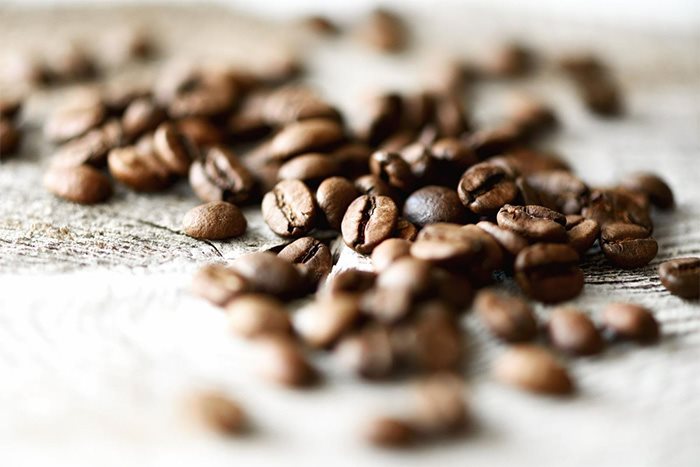-
- Some services are not accessible on a smartphone.
- Sign In
- My Account
- My Cart
- Customer Service
- Home
- >Everything you should know about coffee beans
Popular Coffee Bean Guide.
You've come to the proper place if you have questions regarding the beans in your coffee. Continue reading to satiate your thirst for coffee knowledge since we've put together this guide to teach you everything there is to know about coffee beans.
The coffee plant, a bush-like plant that can grow to be very tall, is where coffee beans are produced (coffee farmers will usually keep them trimmed to around 5ft to keep them manageable). Bunches of cherries develop on these coffee trees, and inside each cherry are two coffee beans.
The coffee plant typically blooms its fragrant, white flowers after about a year, and it can take up to four years before it starts to grow fruit. But it will take these plants around ten years to start producing coffee beans commercially, which are the ones that have the greatest value to the farmers. The average life expectancy of a coffee plant is between 30 and 40 years, but with proper care, they can live much longer!

It takes a good eye to recognize when the berries are ready for harvest as plucking too early or too late can have a significant impact on the final flavour. Once they are ripe and ready for picking, they will become red in colour.
Despite being termed "beans," they are actually seeds.
Where are coffee beans grown? The "bean belt," or the region between the Tropics of Capricorn and Cancer, is where the majority of coffee plants are grown. The world's leading producers of coffee, including Brazil, Vietnam, Colombia, Indonesia, and Ethiopia, call this region home since these are the places where the plant can grow to its full potential.
It's interesting to note that the flavour of coffee might vary depending on where the beans are cultivated. The flavour of the coffee the beans produce can be influenced by factors including climate, elevation, and even the type of soil.
Do various plants generate various coffee beans? The majority of the coffee we consume comes from just two types: Robusta (also known as Coffea Robusta or Coffea Canephora) or Arabica (Coffea Arabica) or a blend of the two. Yes, there are over 120 different species of coffee plants, and each produces a different sort of coffee bean. Taste, growth conditions, and cost are different between the two types.
One of the most popular varieties of coffee beans, Arabica, is thought to be one of the first coffee species ever grown, with roots that go back to 1,000 BC. The beans are bigger than Robusta beans and often oval in shape with a noticeable centre crease.
These beans are adored by coffee lovers because, although having a greater acidity, they tend to have a sweeter, gentler taste with tones of fruits, flowers, chocolate, and nuts. They are also known for their bright and complex flavours.
In general, it costs more than Robusta. This is due to the fact that it is considerably more delicate and requires more particular cultivation conditions, such climate and altitude, to thrive. Arabica coffee beans typically have a low caffeine concentration and are grown at elevations between 500m and 2500m. Currently, Brazil is the top producer of Arabica coffee in Latin America.
Robusta coffee, which is frequently grown in Africa, Vietnam, and Indonesia, has lower levels of acidity than Arabica coffee, which means it typically tastes much less sweet. Robusta can generate tones of wood or burnt rubber because to its simpler acidity and deeper and stronger flavour components. Due to the thick layer of crema and rich flavour it produces, it is a popular choice for espressos.
In comparison to Arabicas, which take several years to reach maturity, Robustas are planted at elevations no higher than 1000m. They also develop fruit considerably more quickly and yield a larger crop per tree. They are generally more affordable than Arabicas because they are less susceptible to pests and environmental factors. The greater caffeine concentration of Robusta coffee beans is another thing to keep in mind.
Coffee beans from the Robusta species are typically whiter, rounder, and smaller than Arabica beans. The centre crease is also typically less prominent.
Coffee beans made without caffeine? Since coffee beans inherently contain caffeine, there is no such thing as decaf coffee. Prior coffee roasting, the beans are decaffeinated by first swelling them with water or steam, followed by the extraction of the caffeine with water, an organic solvent, or activated carbon. The decaf coffee beans are then dried to restore their original moisture.
Decaffeinated coffee beans still retain some caffeine even if the term "decaffeinated" implies that all of it has been taken out.
